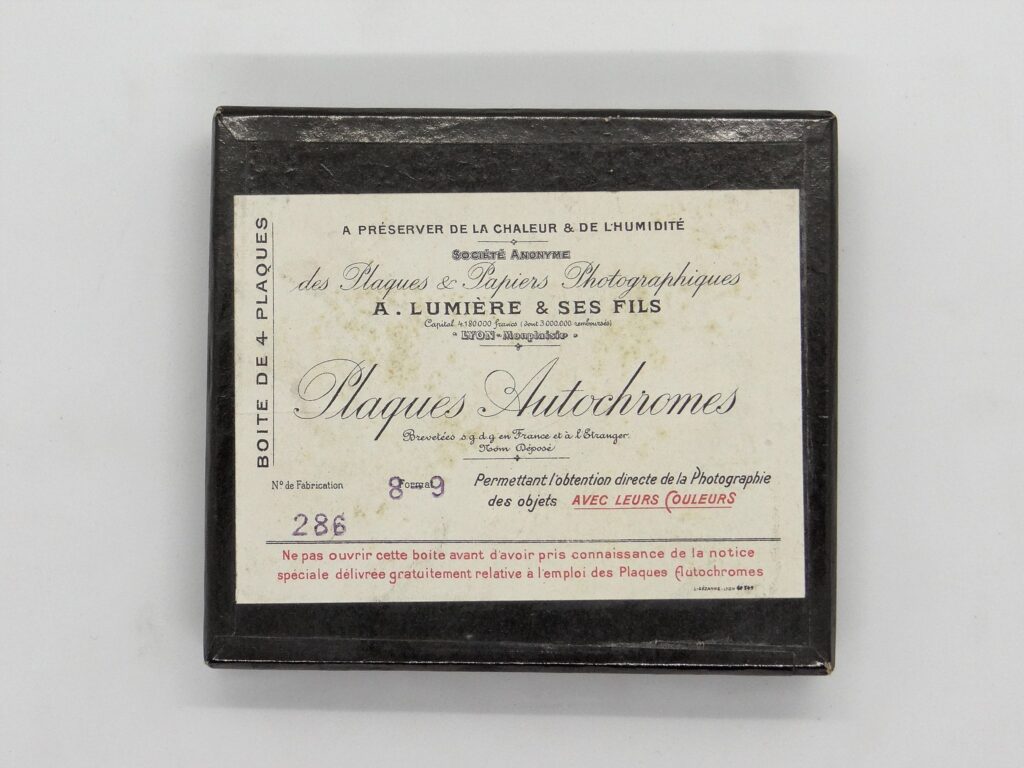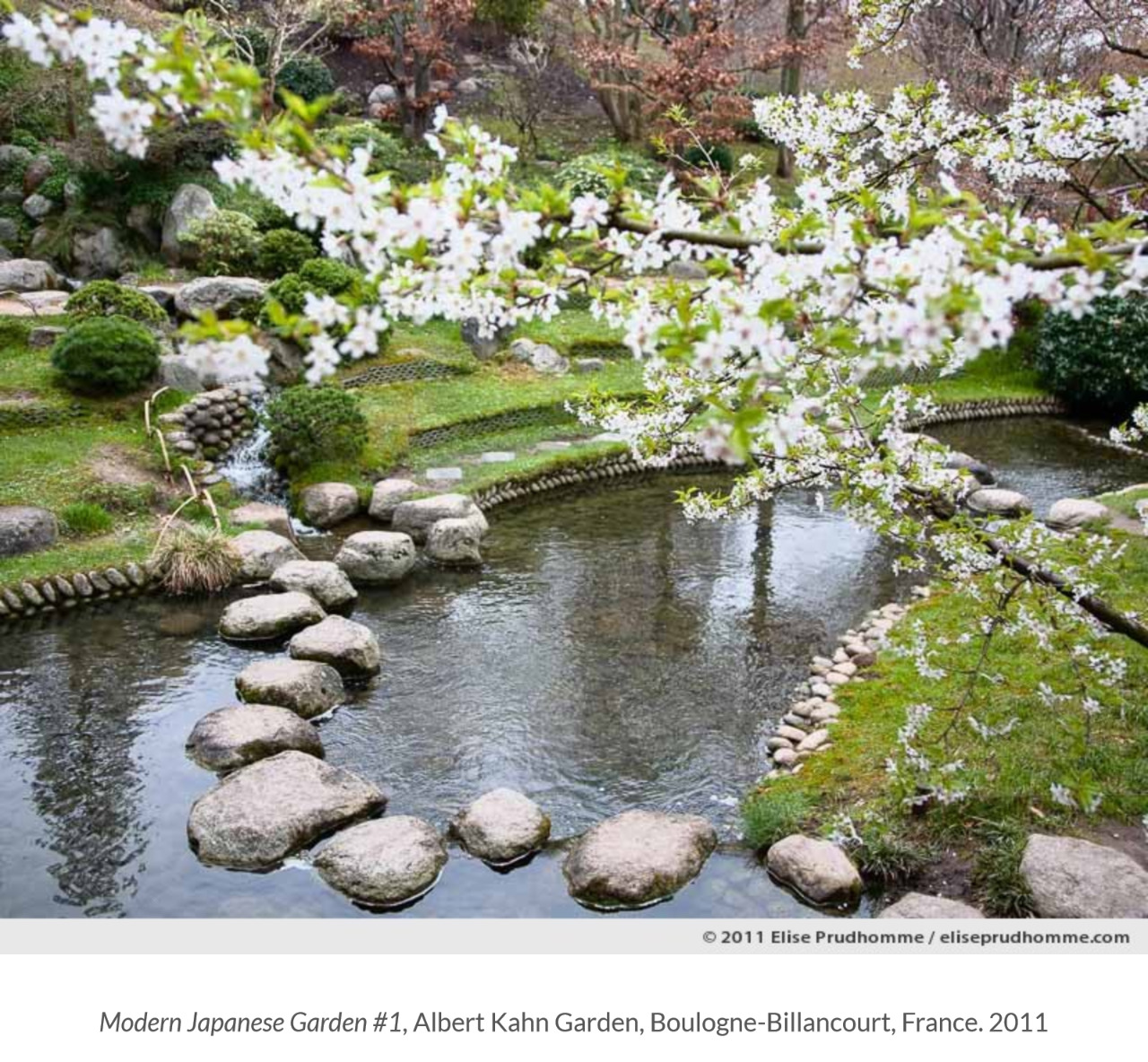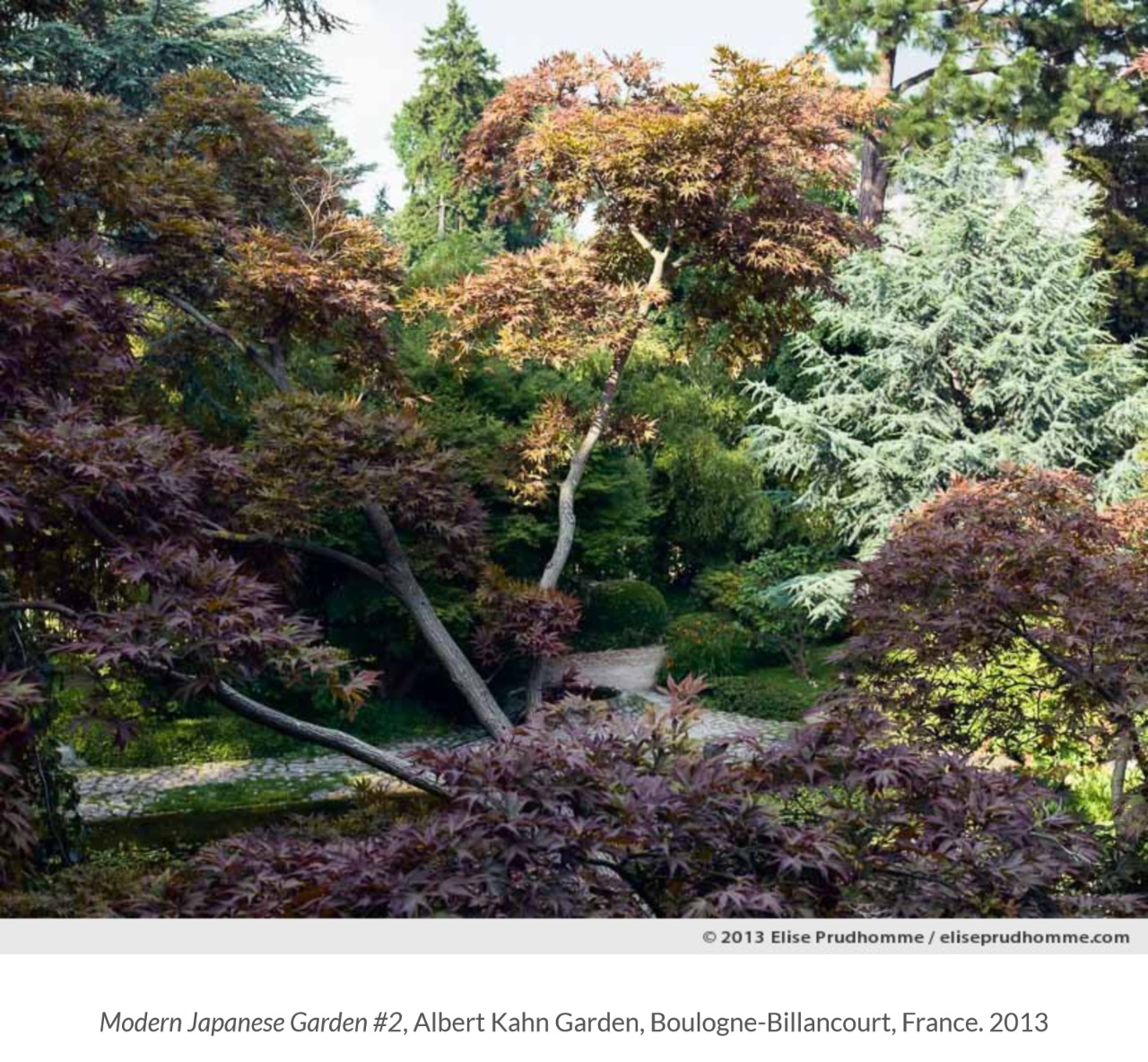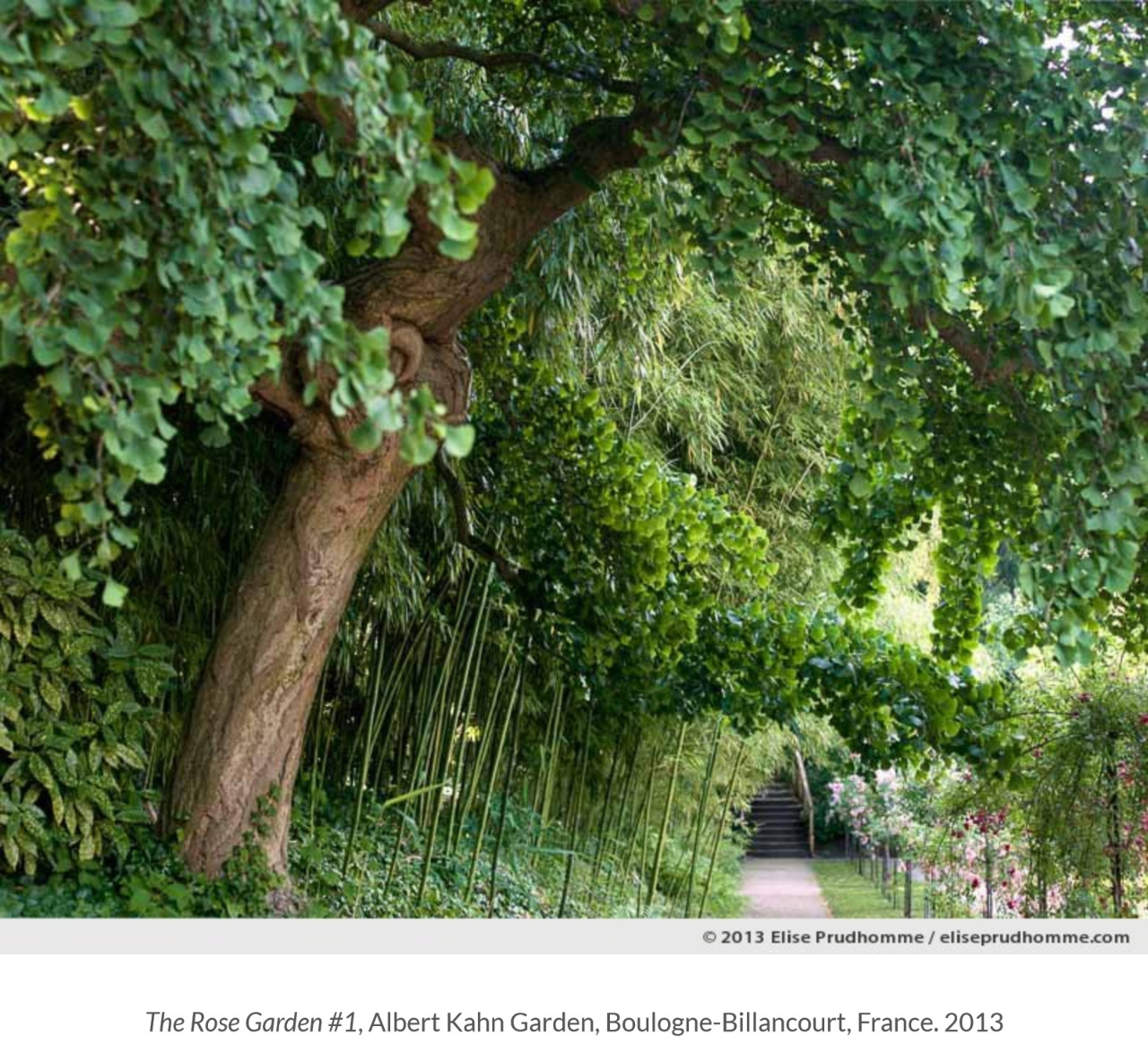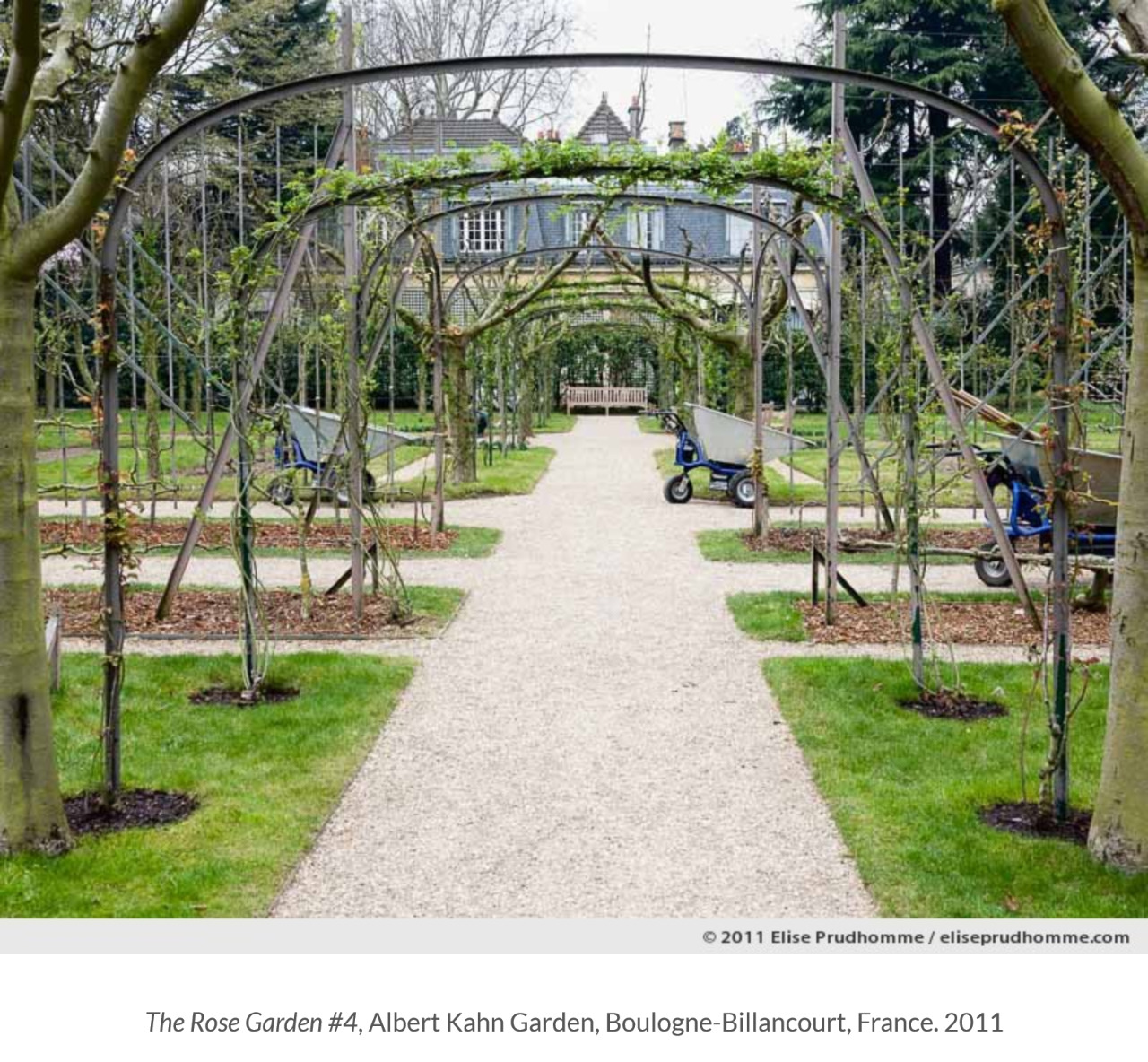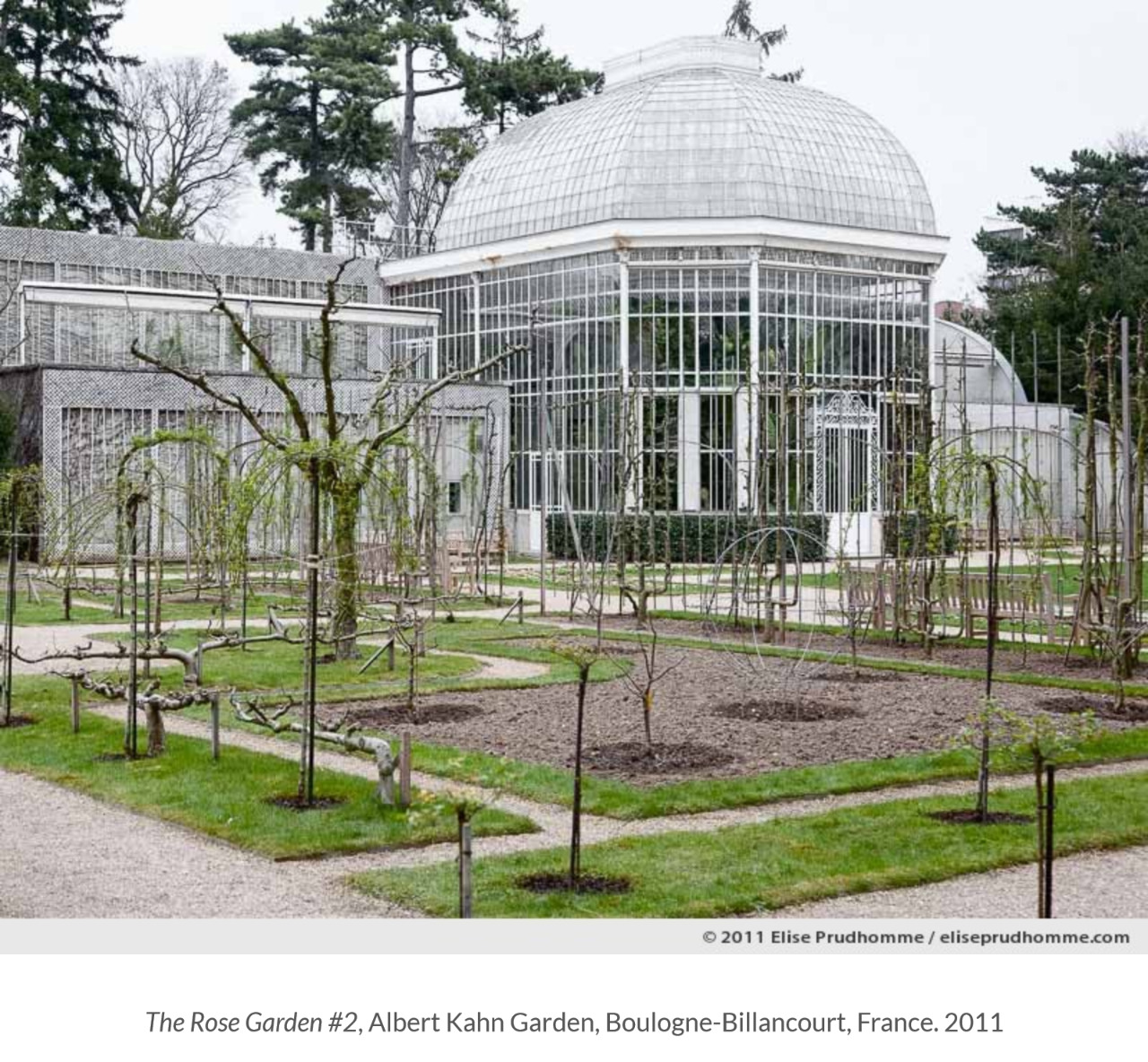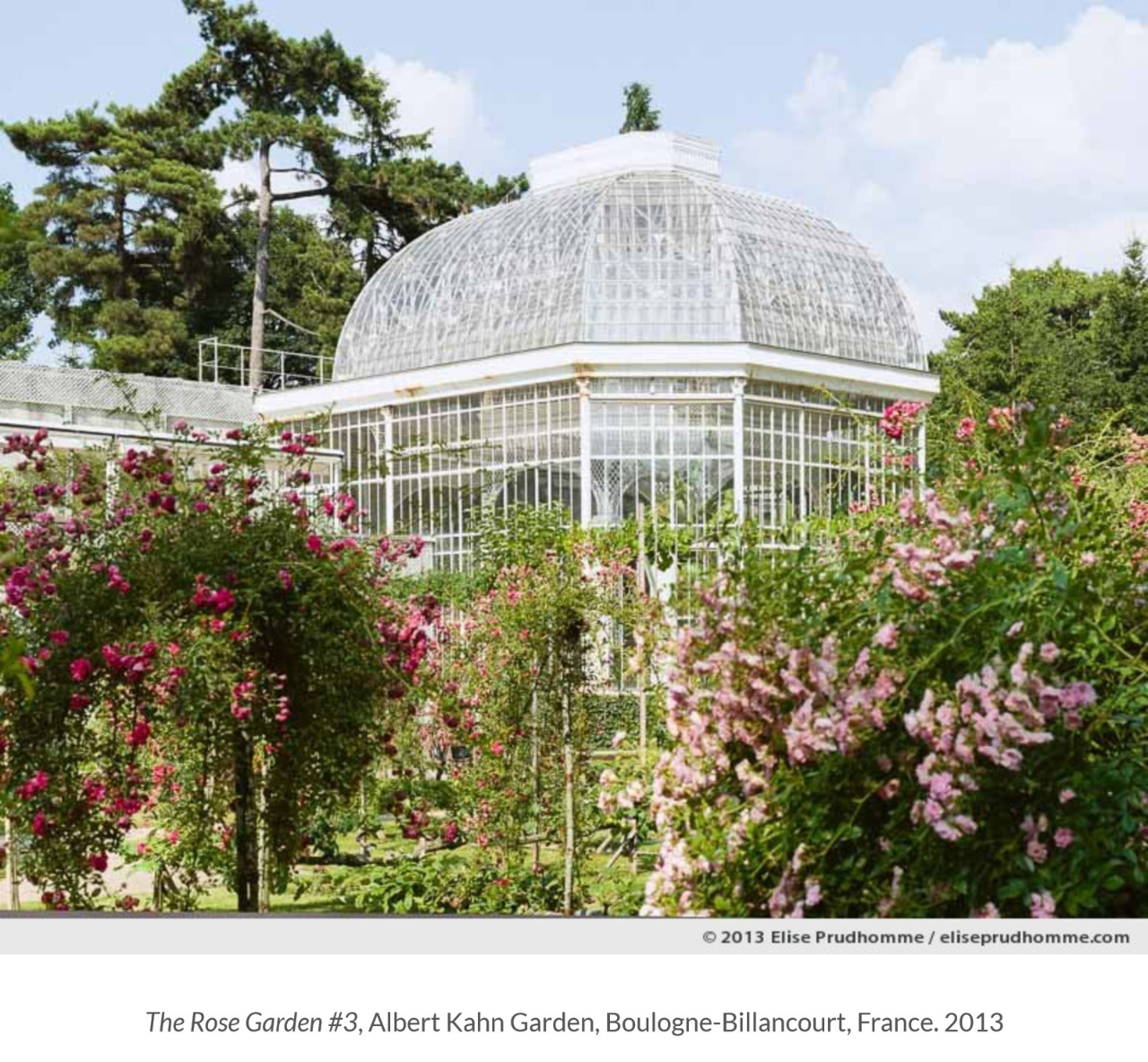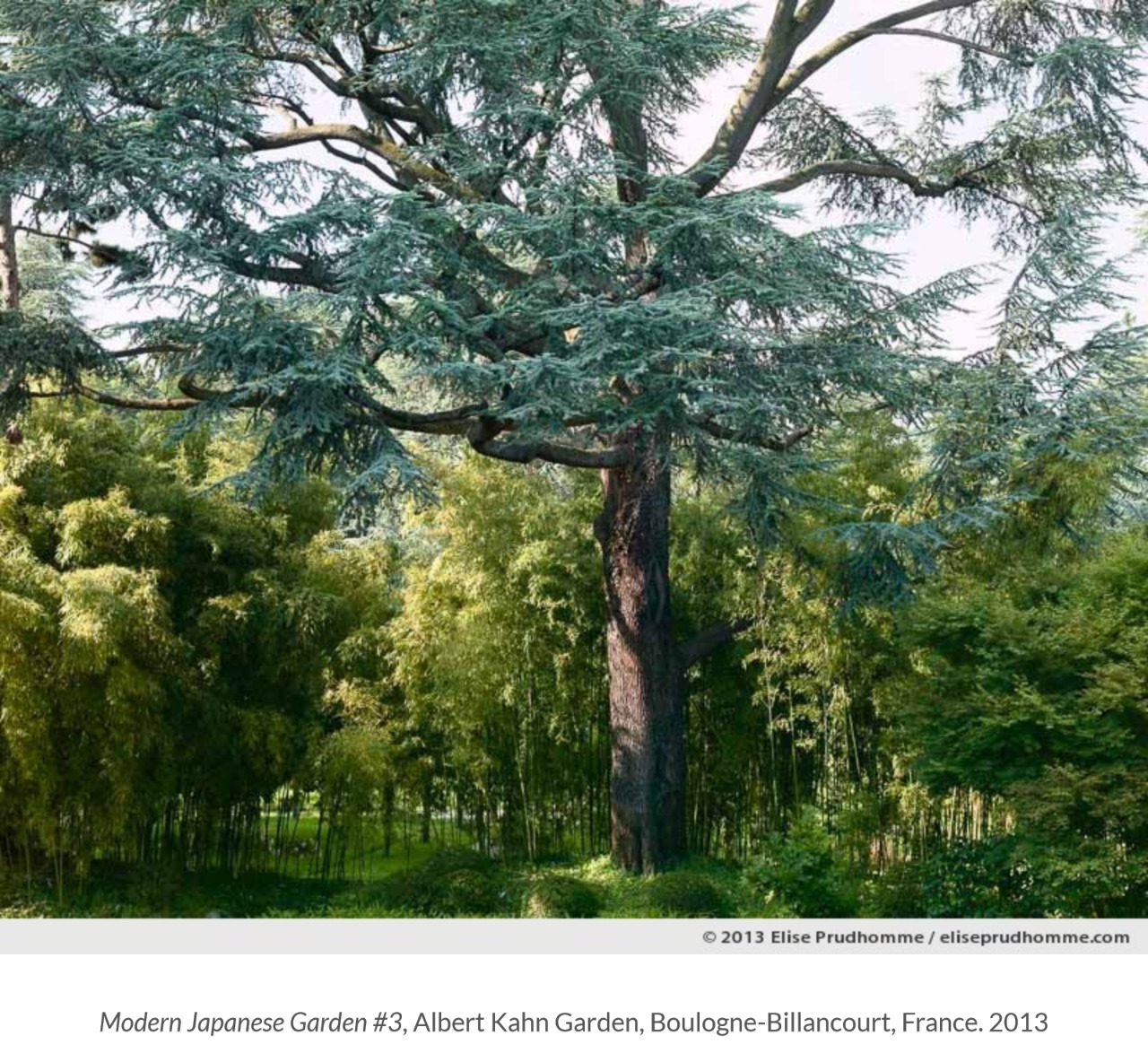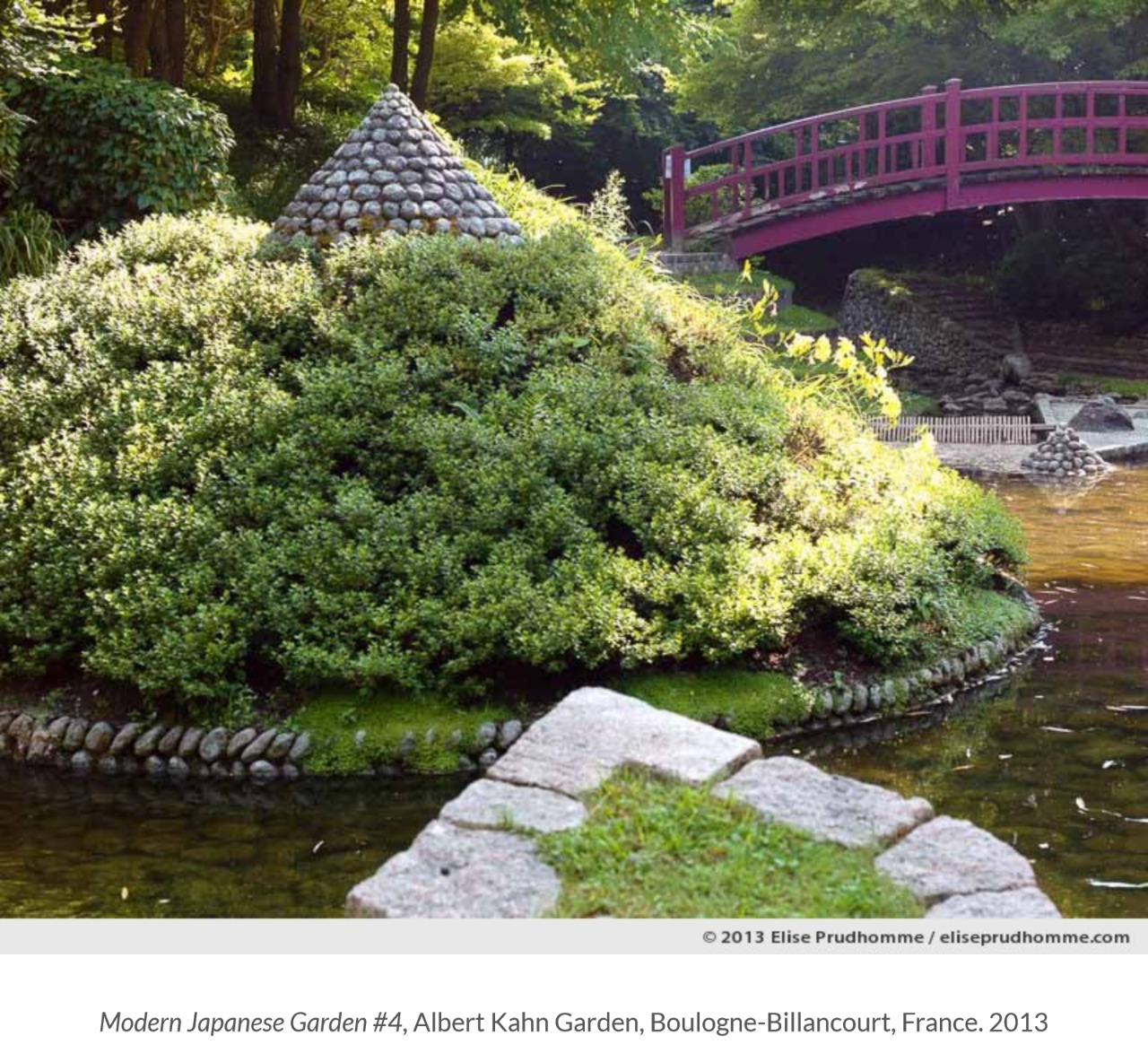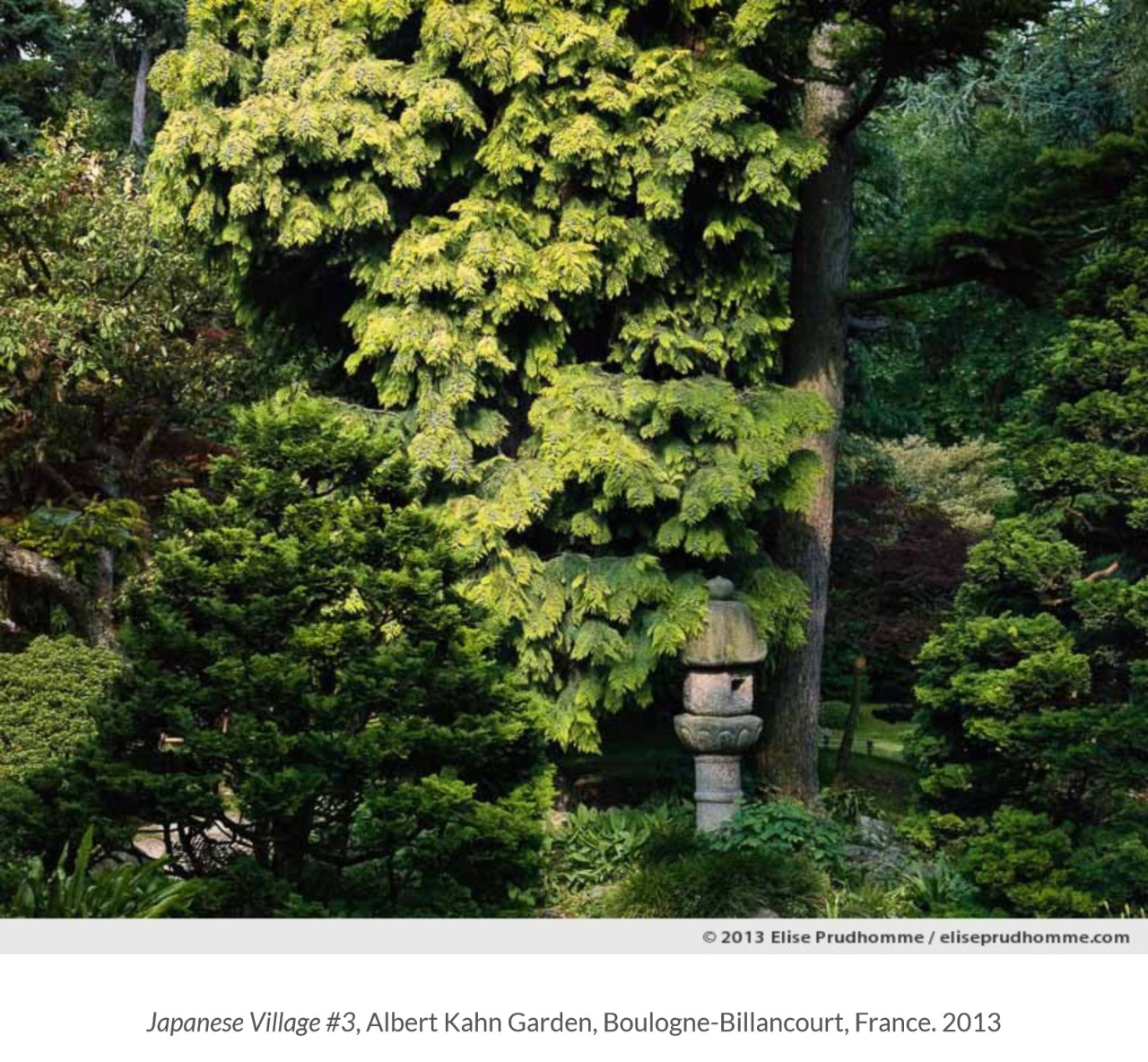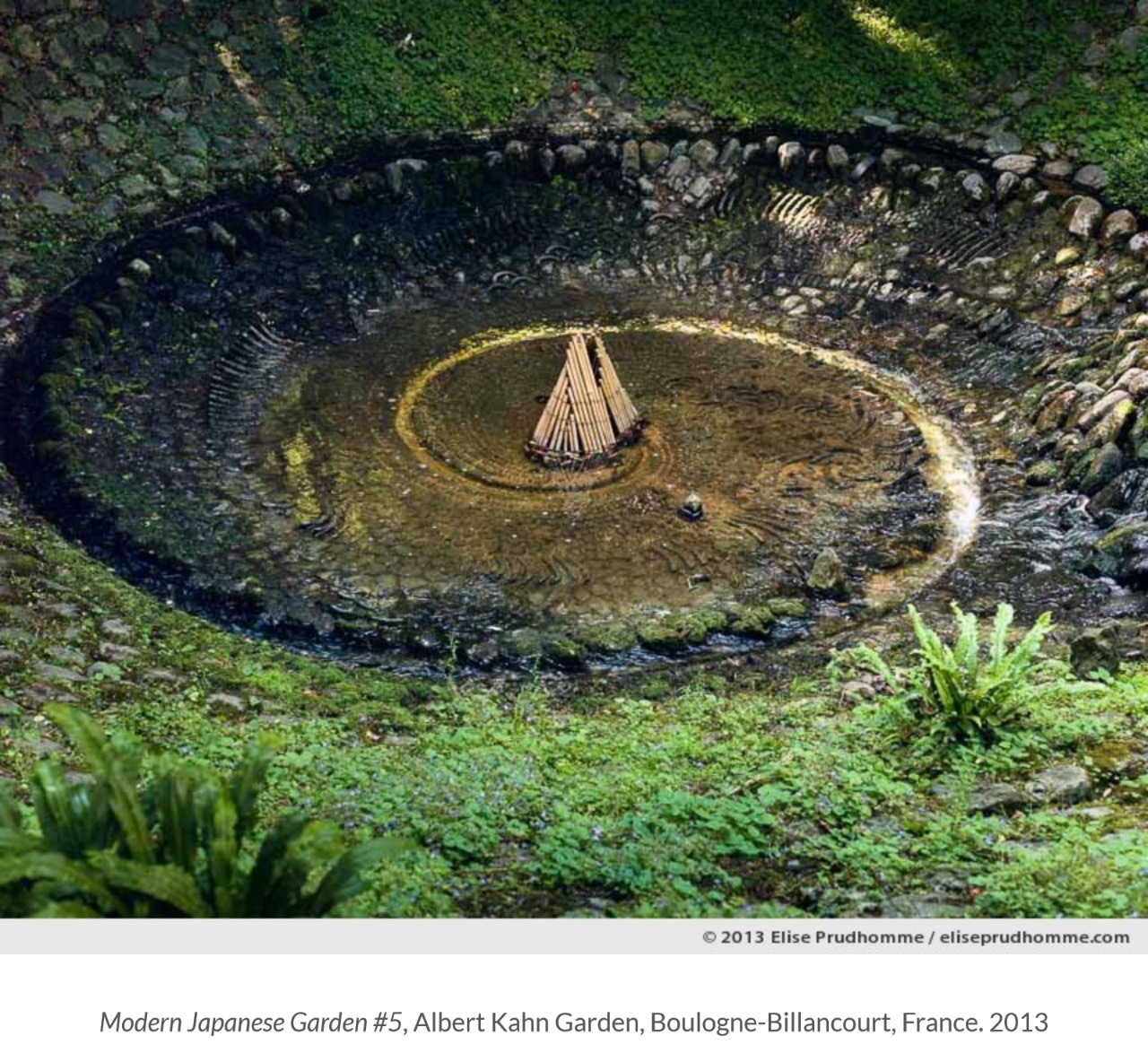Albert Kahn Garden
The restored home and gardens of turn-of-the-century banker Albert Kahn is a gem. Kahn purchased the brick and stone villa in 1895, which was conveniently situated near the Rothschild family residence. He continued to acquire neighboring parcels, amounting to ten acres, in order to build a garden to reflect his ideal vision of a harmonious world.
The first garden spaces created were a French formal garden and English garden. These were succeeded by three ornamental woods : the blue forest with cedars and spruces, and undergrowth of azaleas and rhododendrons, a birch wood and a Vosges forest, planted with fir, in memory of his Alsatian childhood. In 1908, following his first major voyage to Japan in 1908, Albert Kahn planted a Japanese Garden – a statement of his strong admiration for the Far East.
This property in Bologne-sur-Seine was heart of Kahn’s patrimony and the epicenter for numerous projects, including the gardens, a biology lab and library, a foundation for international investors and an ambitious project entitled Planet Archives.
Planet Archives
From 1908 to 1931, millionaire and philanthropist Albert Kahn developed a project called Planet Archives. Photographers and cameramen were sent out to more than 50 countries throughout the world to document not only events and places, but ordinary people living an everyday life. Their image of landscapes and culture, witness to a quickly disappearing epoch, constitute the Planet Archives collection.
Kahn fell into bankruptcy during the stock market crisis of 1929 and in 1936, the city of Bologne-sur-Seine gradually purchased the gardens, laboratory and photographic collection. The city left him the usage of the house until his demise in 1940.
Albert Kahn Legacy
Albert Kahn Garden remains the home of more than 72,000 color photographs taken on Lumière autochromes, a dynamic museum and 10 acres of greenery including an 18th century greenhouse and sculptural Japanese Garden. Not only is the well-maintained Albert Kahn Garden a tribute to Kahn’s memory, but the carefully and lovingly archived autochromes from Planet Archives are simply extraordinary for their rarity and beauty.
What is an Autochrome ?
The autochrome, or Autochrome Lumière, is the first commercial color photographic process invented and patented by Louis and Auguste Lumière in 1903. Although they invented many things, included the film projector, it is the autochrome that made the Lumière brothers famous.
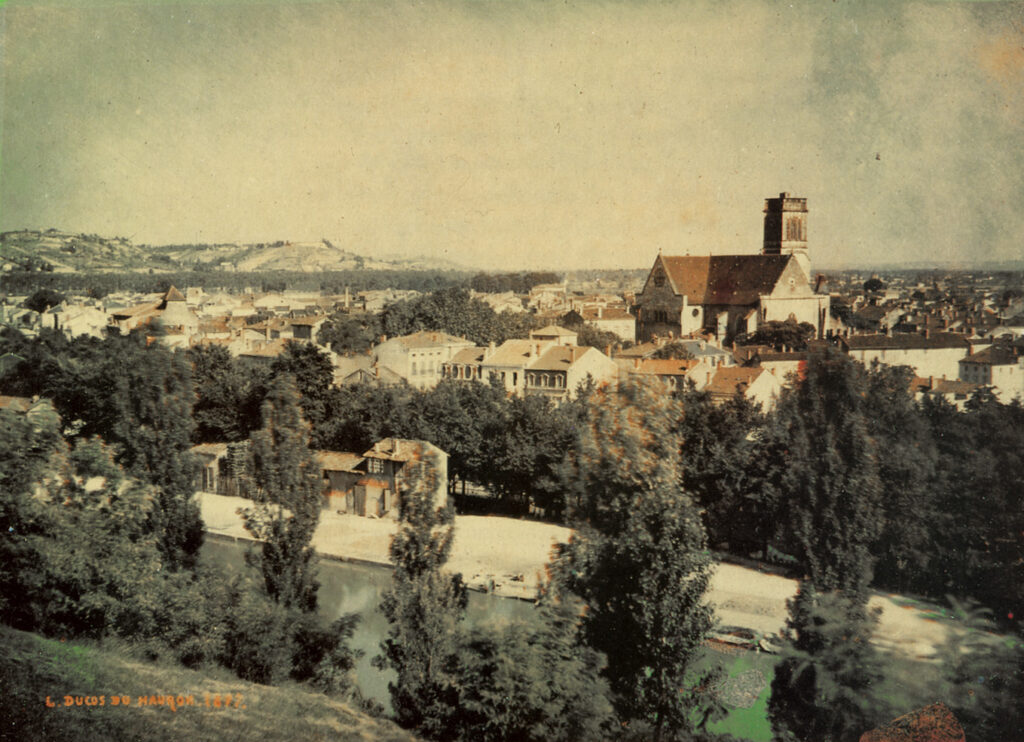
Years previously, in 1877, Louis Arthur Ducos du Hauron published the first color photograph and in 1886, he patented this laborious tricolor process. Three separate images were made using a Red, Green and Blue filter, then printed on to sheets of gelatin tinted with their complimentary colors Green, Red and Yellow. The images were then stacked together to create the color photograph. People have reproduced this method today, and it works!
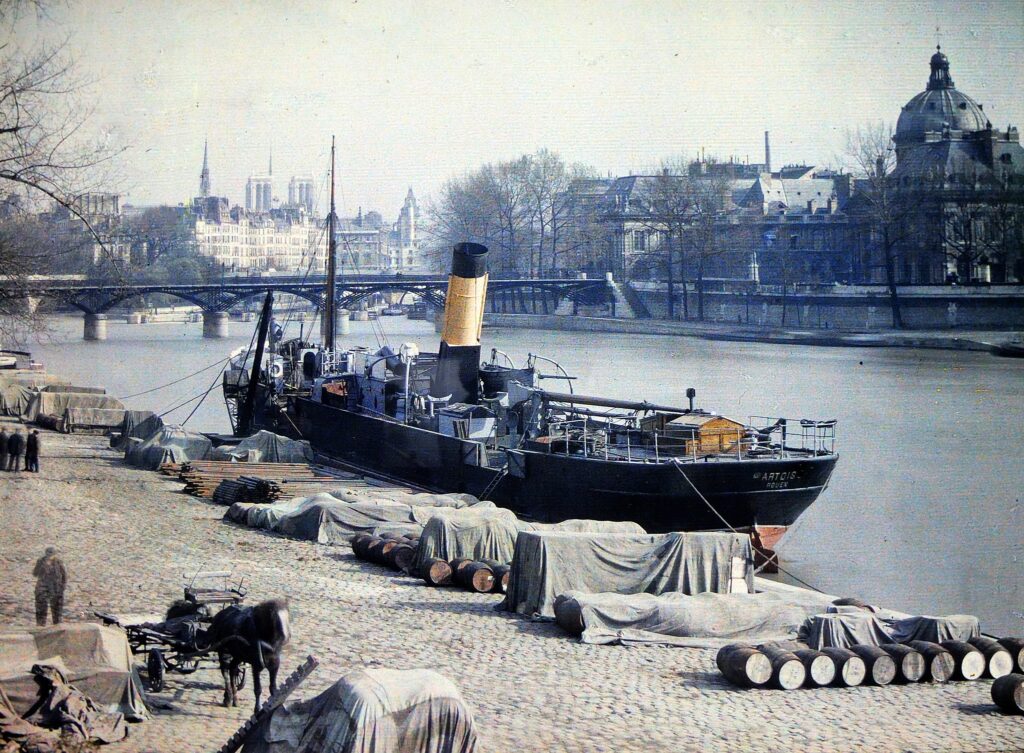
Louis Lumière and the Autochrome
The uniqueness of the Autochrome Lumière process resides in the placement of a color emulsion layer on top of an existing black & white glass plate. Black and white glass plates had become more or less the norm in the 1900’s and they were stable.
Louis Lumière created a color emulsion made of millions of grains of potato starch (7,000 grains per mm2) stained in three colors (red-orange, green and blue-violet). This tricolor emulsion was spread onto the glass plate, waterproofed with varnish, then covered with a panchromatic silver-halide emulsion, and pressed down hard. The smooth finish was transparent enough for light to pass through and the grains of potato starch served as selective microscopic filters for the UV rays.
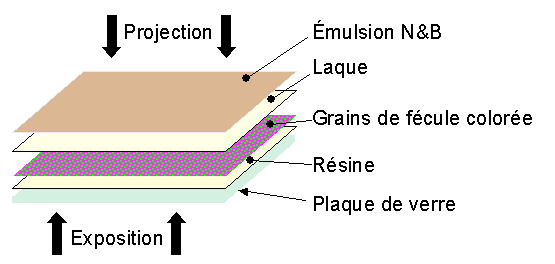
The autochrome is an additive process “mosiac screen process” yielding a positive image, or a color slide. Unfortunately, photographic color printing had not yet been invented so the glass plates themselves were the focal point. Press and magazines, however, enjoyed reproducing these photographs on a massive scale using the printing press.
This artisanal process was patented in 1903 and ramped up for industrial production by 1907 at which time millions of autochrome plates were produced in the factory in Monplaisir. This process dominated the color photography market until the 1930s, when Kodak and Agfa started to produce color film.
